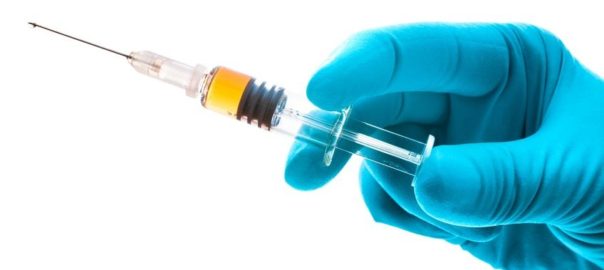Will the 21st Century Cure Act Pass Before the New Year?

Each day, more patients join the ranks of people whose lives have been transformed with the help of stem cell therapy. Take Sammy Jo Wilkinson, for example, a 51-year-old from California who overcame a diagnosis of secondary progressive multiple sclerosis against all of her doctors’ predictions and all medical odds. Her MS is officially in remission; the paralysis on the left side of face, numbness in her fingers, and inability to walk have all been reversed with the help of stem cell therapy.
Stem Cell Therapy Needs to Be Available to All
The potential of stem cells to reverse debilitating illness and injuries is nothing short of incredible, yet patients still don’t have mainstream access to such transformative and advanced procedures. Wilkinson co-founded the patient’s right group Patients for Stem Cells in an effort “to tell everybody the solution is here now, we just need a logical way to bring this to patients sooner rather than later.”
Congress has introduced the 21st Century Cures Act, a bill that, if passed, would make dramatic changes to the rules and regulations regarding testing and bringing medical treatments to market. The politicians who support the bill are working around the clock to have the 21st Century Cures Act passed before the end of 2016. It already passed the House on November 30, and the Senate is expected to pass it to the President shortly, who is likely to approve it.
The Significance of the 21st Century Cures Act
The 21st Century Cures Act as a whole is an ambitious goal to advanced biomedical science, with $4.8 billion going into the National Institute of Health budget. Such a large sum of money allocated in the middle of a debt crisis is controversial, as is the bill’s suggestion to abandon the “gold standard” of medicine that the FDA oversees. Instead, proponents of the legislation want to establish an expedited “middle path” for drugs, medical devices, and regenerative therapies in order to make everything more accessible to regular citizens. It is becoming known as the era of “inject and see.”
The legitimacy and legalities of regenerative medicine have remained embattled between regulators and patients for many years. In 2006, the FDA imposed a rule that qualified expanded cell populations like stem cell injections as drugs, forcing agencies to obtain FDA approval before using any treatments. The rule placed Celltex Therapeutics in Houston, the practice where Wilkinson received her stem cell therapy, in violation of the FDA and made it significantly harder to treat patients. Celltex ended up moving their operations to Mexico to avoid regulations, while other clinics simply continued to ignore the FDA requirements. Even today, 600 businesses in America sell stem cell solutions without proper FDA approval.
This is what the 21st Century Cures Act hopes to change. It won’t approve unregulated treatments, but will instead provide a clear and direct path to medical acceptance that is less burdensome than the FDA’s current rules. Under the act, the FDA would be given authority to provide accelerated approval for regenerative medicines by moving straight from animal models and safety trials to post-market review. This comes with its fair share of controversy, with many scientists fearing that the potential negative side effects of lax stem cell treatments will damage the perception of the whole stem cell arena, despite advanced and ground-breaking therapies currently being developed.
The next move belongs to the Senate and the President, and only time will tell if the miraculous potential of stem cells to heal the body is best off widely available to patients or limited by the FDA until the “gold standard” has been approved.
https://www.wired.com/2016/12/future-regenerative-medicine-inject-see/


